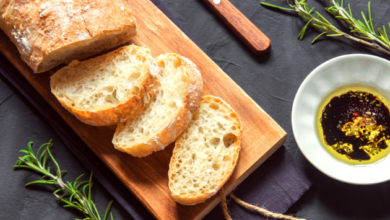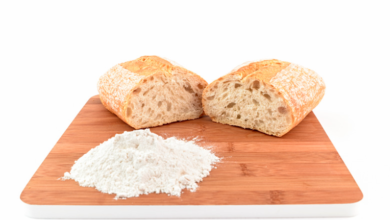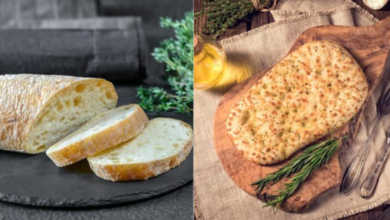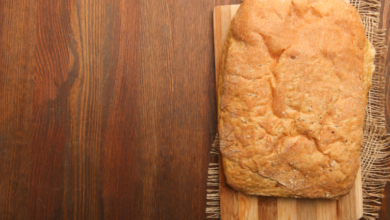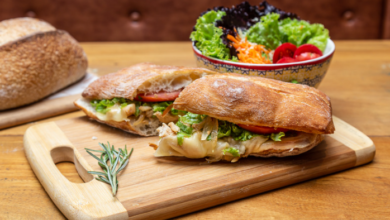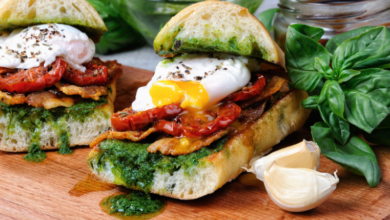Is Ciabatta Hard or Soft? Find Out The Answer Here
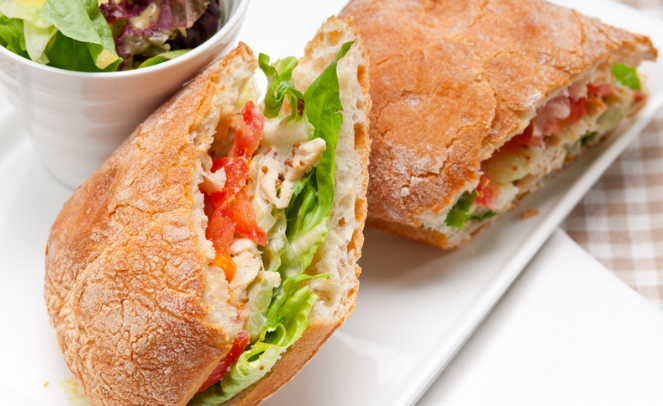
What To Know
- The unique texture and flavor of ciabatta make it a versatile bread with a wide range of culinary applications.
- Whether you prefer a soft ciabatta for its tenderness or a hard ciabatta for its crunch, this versatile bread offers a symphony of textures and flavors that will elevate any culinary experience.
- Soft ciabatta has a soft and airy crumb with a thin and crispy crust, while hard ciabatta has a denser and chewier crumb with a thicker and crunchier crust.
The allure of ciabatta bread lies in its unique texture and flavor. But when it comes to its consistency, the question arises: is ciabatta hard or soft? This blog post delves into the intricacies of this beloved bread, exploring its characteristics and providing insights into its textural qualities.
The Making of Ciabatta
Ciabatta, a classic Italian bread, is crafted with a simple yet distinctive recipe. Wheat flour, water, salt, and yeast form the foundation of this bread. The dough is characterized by its high hydration, resulting in a loose and airy crumb. The signature “slipper” shape of ciabatta is achieved through a combination of gentle stretching and folding techniques.
The Science of Ciabatta’s Texture
The texture of ciabatta is a testament to the interplay between its ingredients and the baking process. The high water content creates a moist and chewy crumb, while the large air pockets within the dough contribute to its lightness and softness. The crust, on the other hand, is thin and crisp, providing a delightful contrast to the tender interior.
Factors Influencing Ciabatta’s Hardness
While ciabatta is generally considered a soft bread, certain factors can influence its hardness:
- Age: Freshly baked ciabatta is at its softest. As it ages, the bread gradually loses moisture, resulting in a firmer texture.
- Baking Temperature: Higher baking temperatures can lead to a crispier crust and a slightly harder crumb.
- Dough Hydration: A dough with lower hydration will produce a denser and harder ciabatta.
Types of Ciabatta Hardness
Ciabatta can be classified into two primary types based on its hardness:
- Soft Ciabatta: This type is characterized by its exceptionally soft and airy crumb, with a thin and crispy crust.
- Hard Ciabatta: Hard ciabatta has a denser and chewier texture, with a thicker and crunchier crust.
How to Choose the Right Ciabatta Hardness
The ideal hardness of ciabatta depends on personal preference and intended use. For sandwiches and fillings, a soft ciabatta is recommended for its ability to absorb flavors and provide a tender base. For croutons and bruschetta, a hard ciabatta is a better choice due to its sturdier nature.
Ciabatta’s Versatility
The unique texture and flavor of ciabatta make it a versatile bread with a wide range of culinary applications:
- Sandwiches: Ciabatta’s soft interior and crispy crust create a perfect canvas for hearty sandwiches filled with meats, cheeses, and vegetables.
- Bruschetta: Hard ciabatta is an excellent base for bruschetta, where it is toasted and topped with savory spreads such as tomatoes, garlic, and basil.
- Croutons: Ciabatta’s crunchy texture makes it ideal for croutons, adding a satisfying crunch to salads and soups.
- Bread Bowls: A hollowed-out ciabatta loaf can be used as a bread bowl for soups, stews, and dips.
The Perfect Companion
Ciabatta’s versatility extends beyond its culinary uses. Its mild flavor and soft texture make it a perfect accompaniment to:
- Olive Oil and Balsamic Vinegar: The simplicity of ciabatta allows the flavors of olive oil and balsamic vinegar to shine through.
- Cheese and Charcuterie: Ciabatta pairs well with a variety of cheeses and charcuterie, providing a bread base that enhances the flavors of these accompaniments.
- Soups and Salads: The hearty texture of ciabatta complements rich soups and fresh salads, adding a satisfying element to every bite.
Final Thoughts: A Symphony of Texture
Ciabatta is a bread that defies easy classification. Its texture can range from soft and airy to dense and chewy, depending on various factors. Whether you prefer a soft ciabatta for its tenderness or a hard ciabatta for its crunch, this versatile bread offers a symphony of textures and flavors that will elevate any culinary experience.
Basics You Wanted To Know
Q: What is the difference between soft and hard ciabatta?
A: Soft ciabatta has a soft and airy crumb with a thin and crispy crust, while hard ciabatta has a denser and chewier crumb with a thicker and crunchier crust.
Q: How do I make ciabatta softer?
A: Bake the ciabatta at a lower temperature and increase the dough hydration.
Q: How do I make ciabatta harder?
A: Bake the ciabatta at a higher temperature and decrease the dough hydration.
Q: What is the best way to store ciabatta?
A: Store ciabatta in an airtight container at room temperature for up to 3 days.
Q: Can I freeze ciabatta?
A: Yes, ciabatta can be frozen for up to 2 months.
